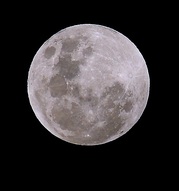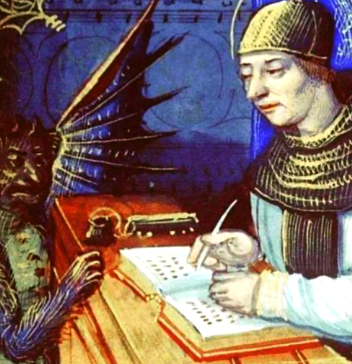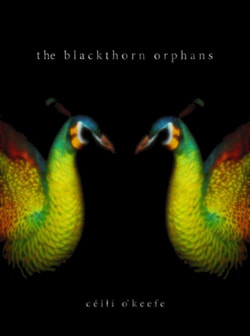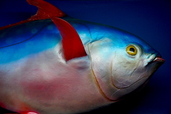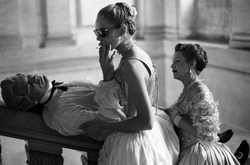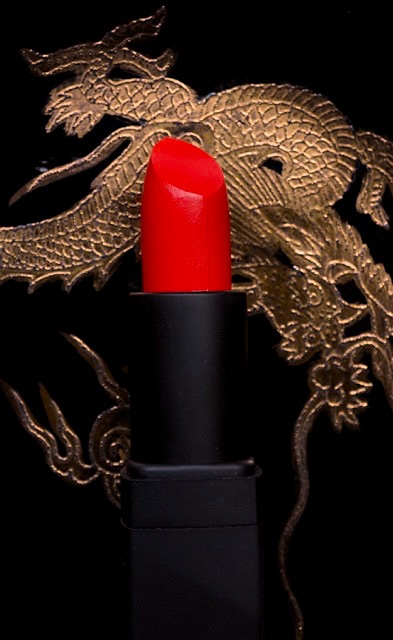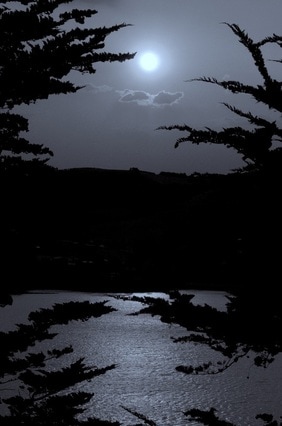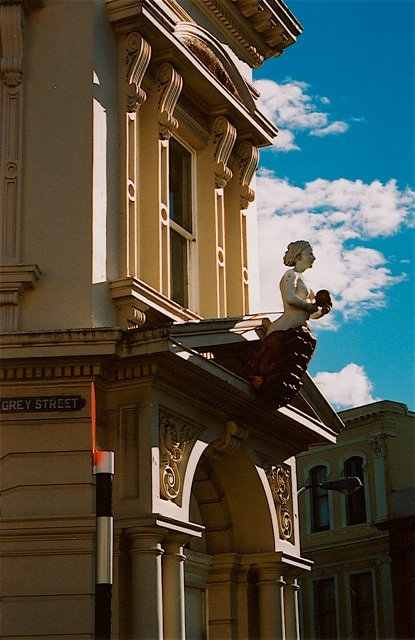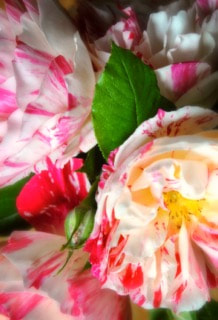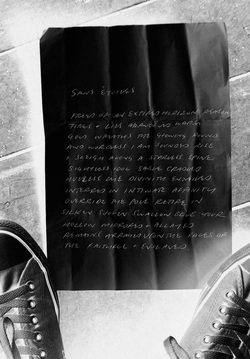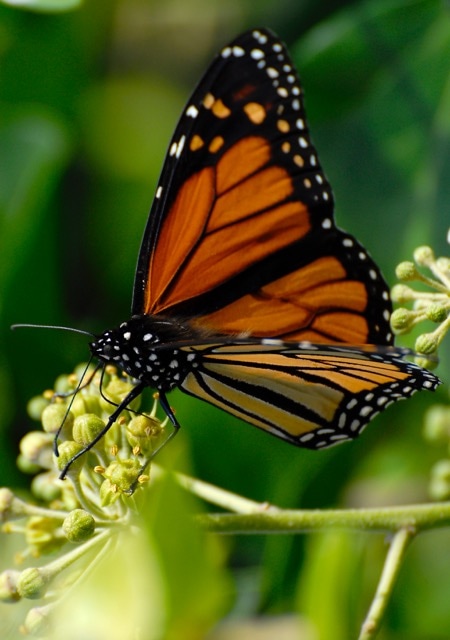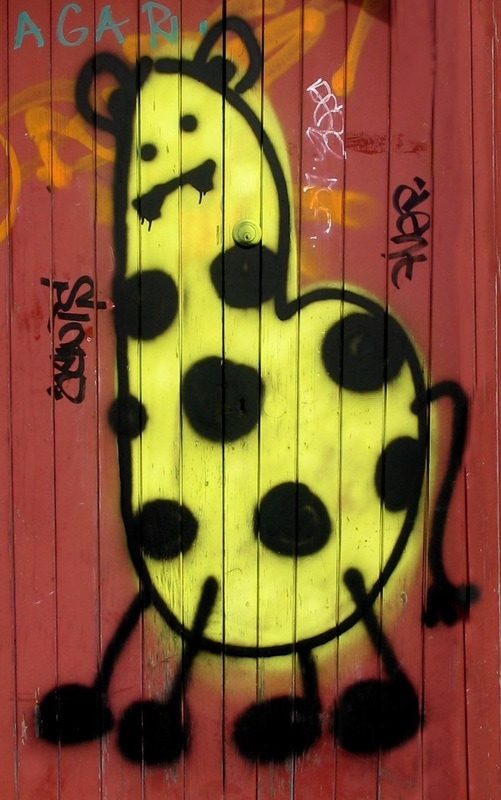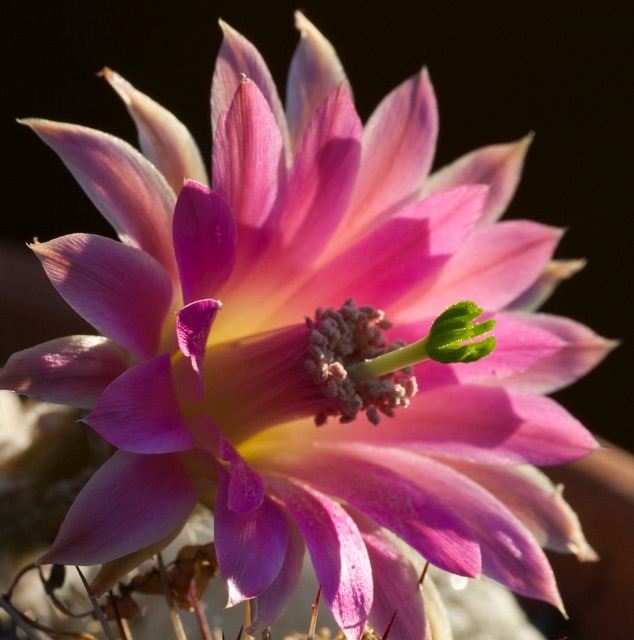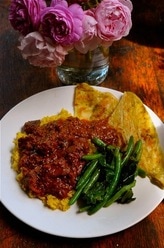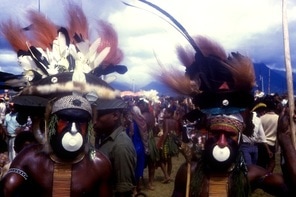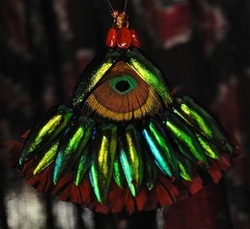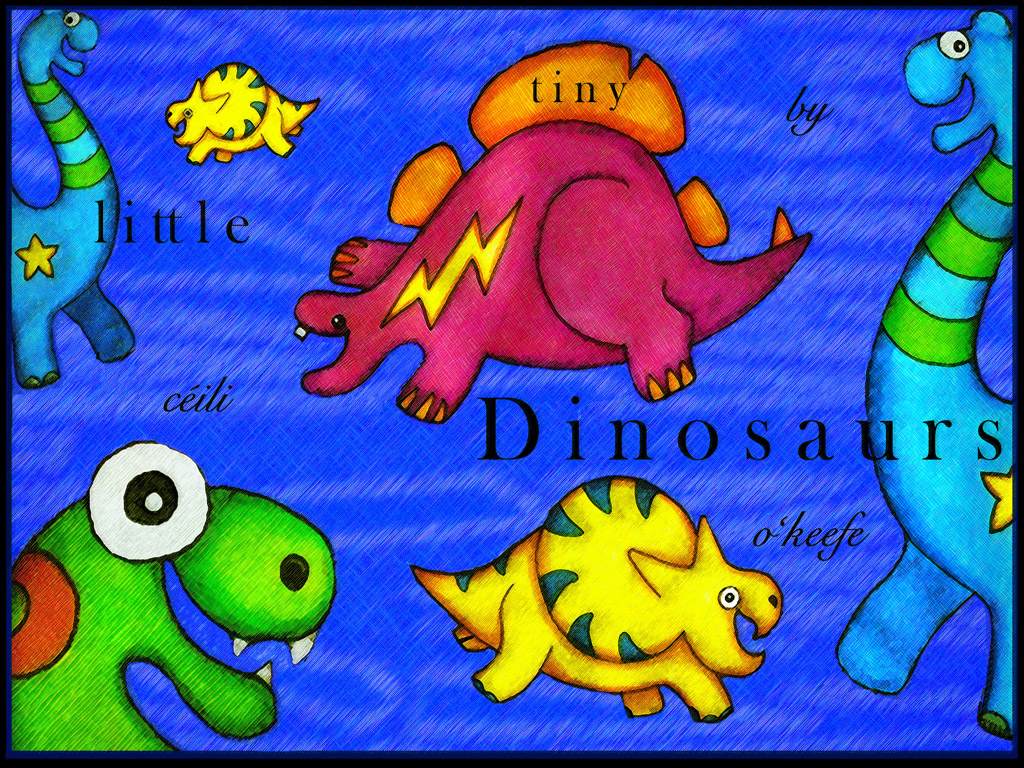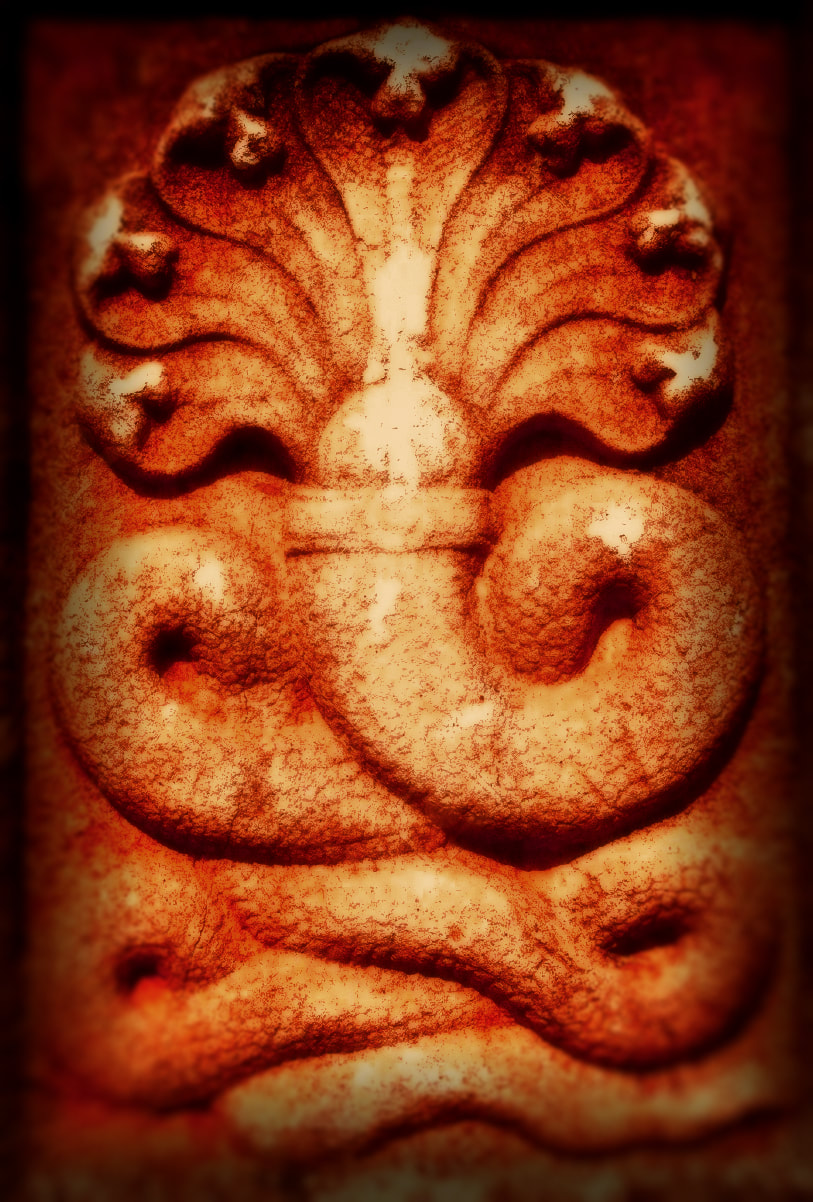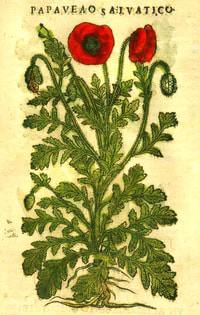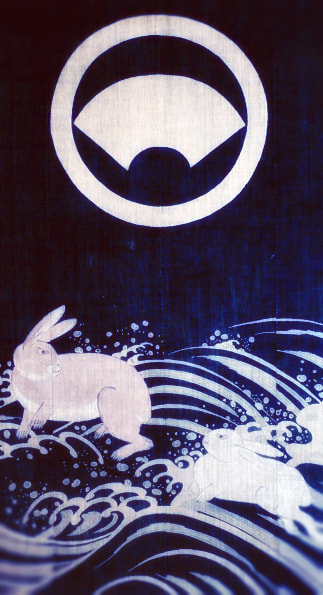Imagine how dearly these trade beads, with their saturated, immutable colours and the exponential effect of their repetition, would have been coveted by a culture without foundries or furnaces; peoples the world over have been seduced and enraptured by glass where gold and silver had made little impression beyond their basic utility. To possess the blue of the sea and the sky, a colour allotted so generously to the elements that surround us that it seems like there was little left over to distribute elsewhere, must have been prestigious indeed. On the other side of the planet artists of the European tradition have lavished this hue on the robes of the christian Virgin in their efforts to imbue her image with the kind of mana and singularity implicit in this piece.
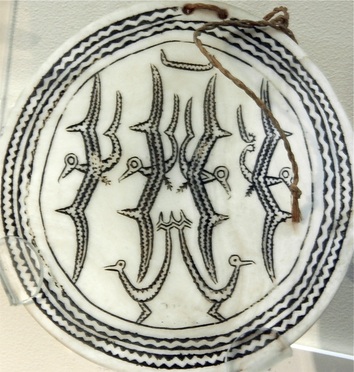
This pendant is carved from a disc of thick white shell cut from the enormous Tridacna clams that still populate tropical oceans, though they are endangered by overexploitation in many areas. The figures are rendered in black pigment rubbed into the incised design. Frigate birds are instantly recognizable in Pacific art; their satin black, elongate wings and effortless command of the endless sky makes them fitting candidates for divinity. They were conspicuous harbingers of plenty, announcing the arrival of import pelagic fish species by attending their 'baitball' feeding activities when they came within sight of the islands. This pendant is from Malaita, the largest landmass in the Solomon Islands.
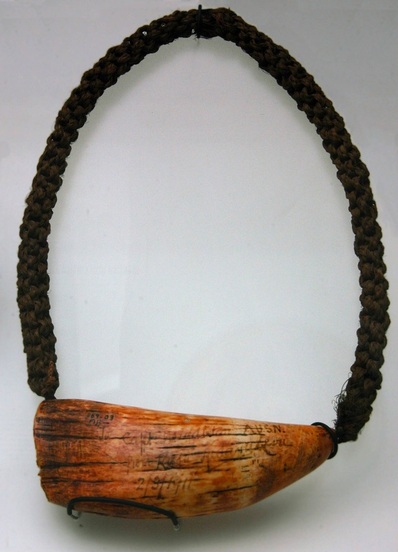
Though today, the tabua or sperm whale tooth pendant is heavily associated with Fiji, the tradition may have originated in Tonga; the opportunity to acquire them coming only when one of these massive animals were washed ashore with their slender lower jaw intact.
Until the advent of commercial whaling.
Incised or scrimshawed examples such as this one have passed through the hands of European whalers and sefaring traders. This tabua has been coloured with pigment and smoked to darken its patina, the colour maintained during reverential handling of this tremendously prestigious item. They are not worn personally, but presented and exchanged in the course of ceremonials as a method of acknowledging status, settling grievances and formalizing obligations. They have kavakaturanga, or chiefly status. Personally, I have little emotional or aesthetic reaction to them, thinking only of the dead, flaccid cetacean lying on its side while its distinctive dentition is hacked from its carcass, and how commerical whaling must have corrupted their original currency.
This concludes our series from the Pacific Peoples Gallery; we hoped you enjoyed having a look at a group of objet from our region. Yesterday we went in to document some of the taonga in the Maori section of Otago Museum and we'll be presenting those soon in a similar format.
(Just a reminder that Otago Museum owns the copyright on all of these objects so please don't reproduce them without permission; doing so in a commercial respect may incur legal entanglement. Thanks.)

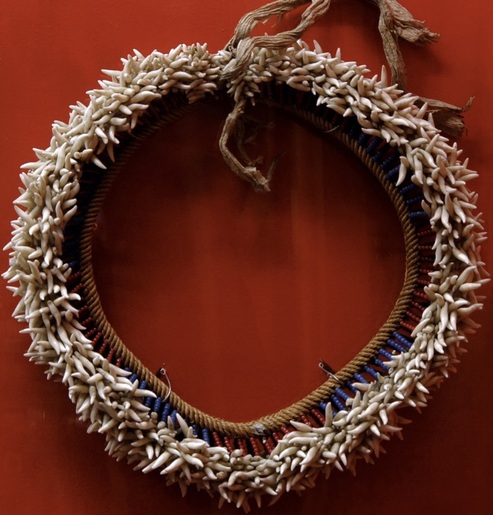
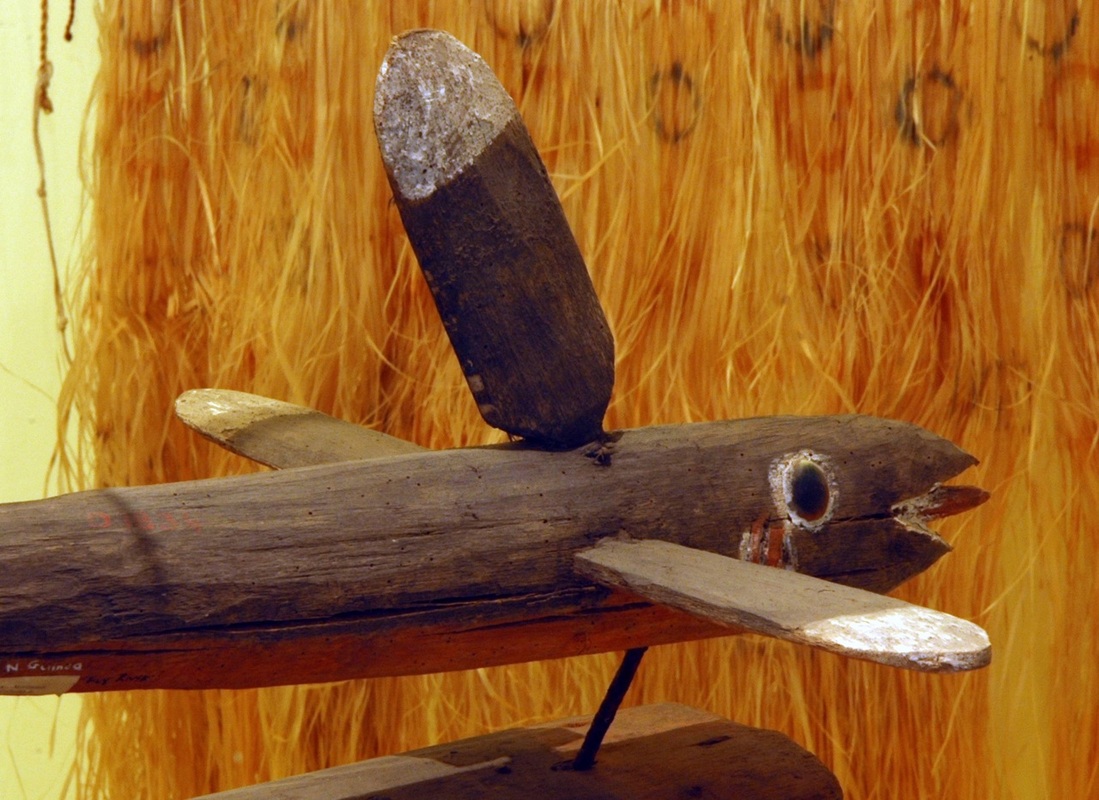
 RSS Feed
RSS Feed
